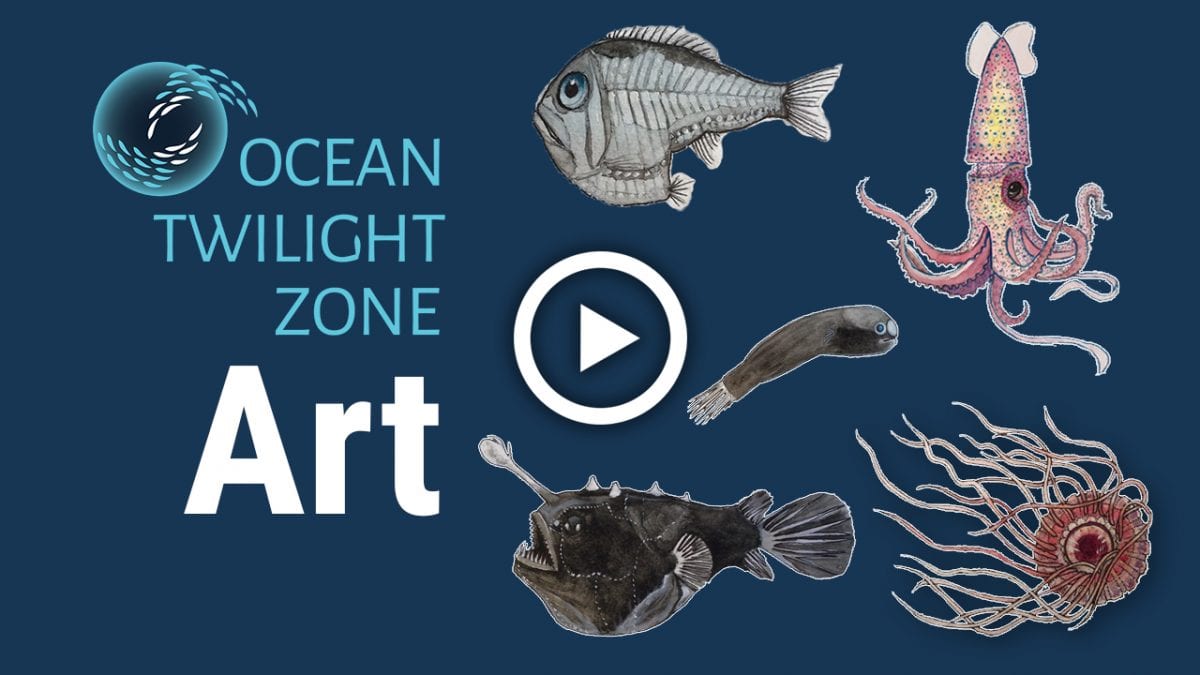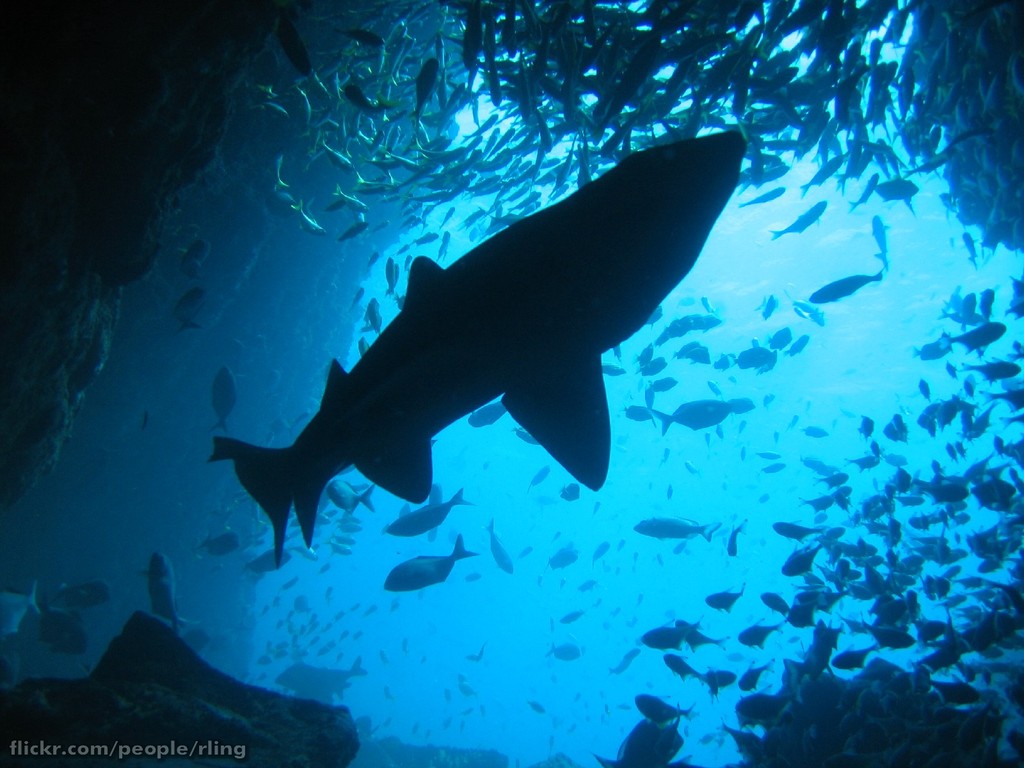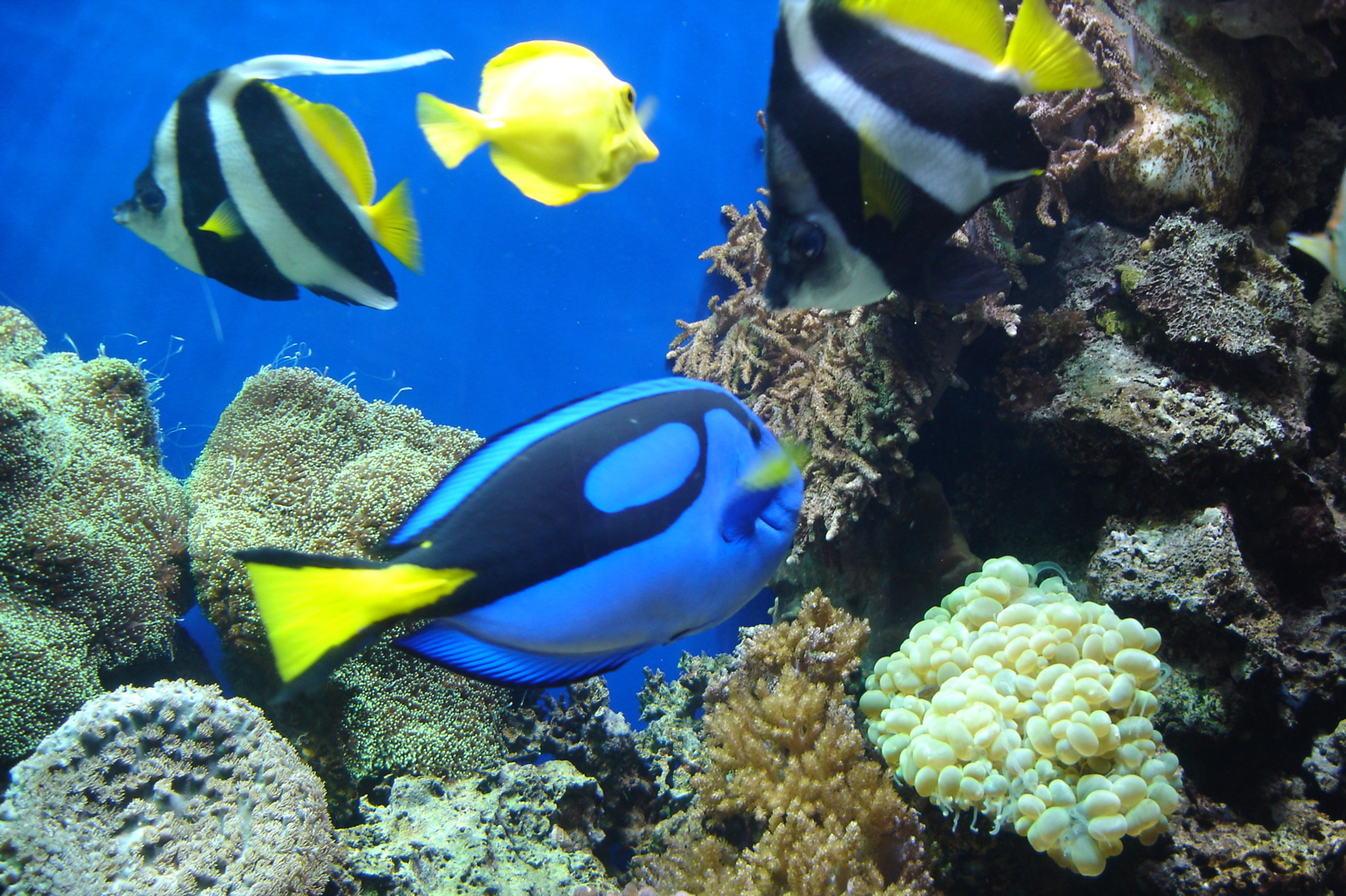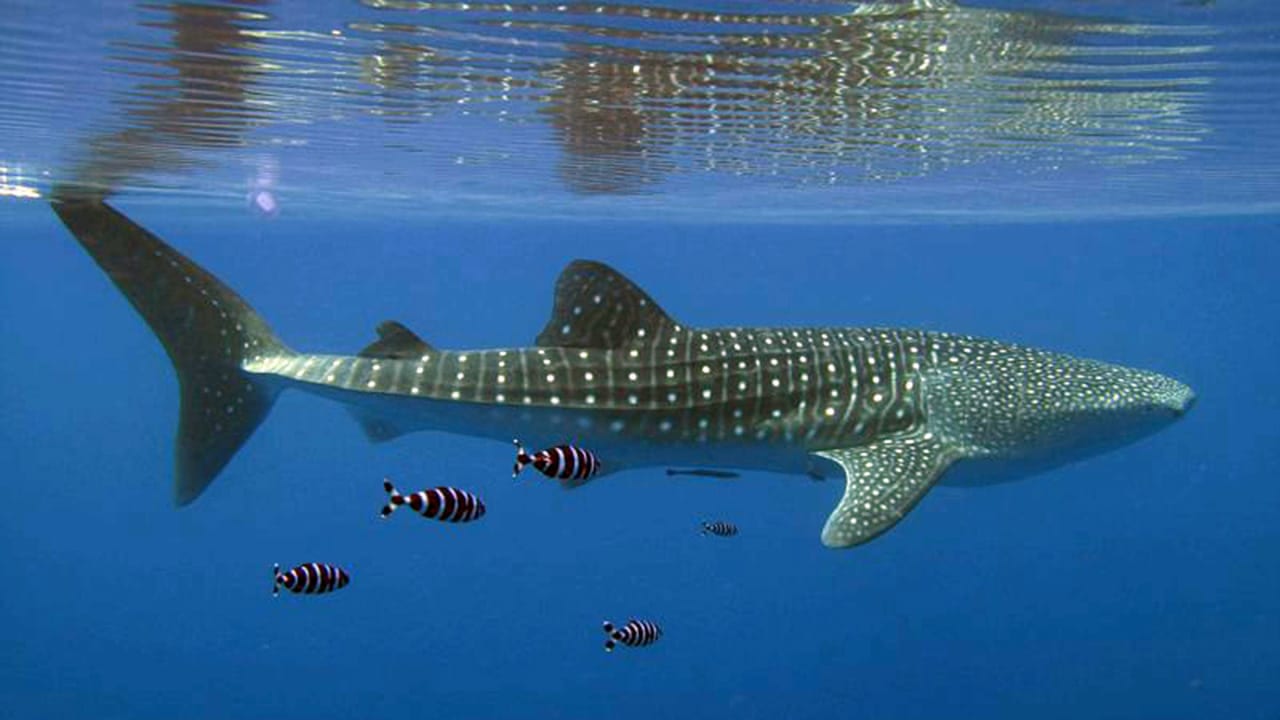Tropical Ocean Animals Adaptations
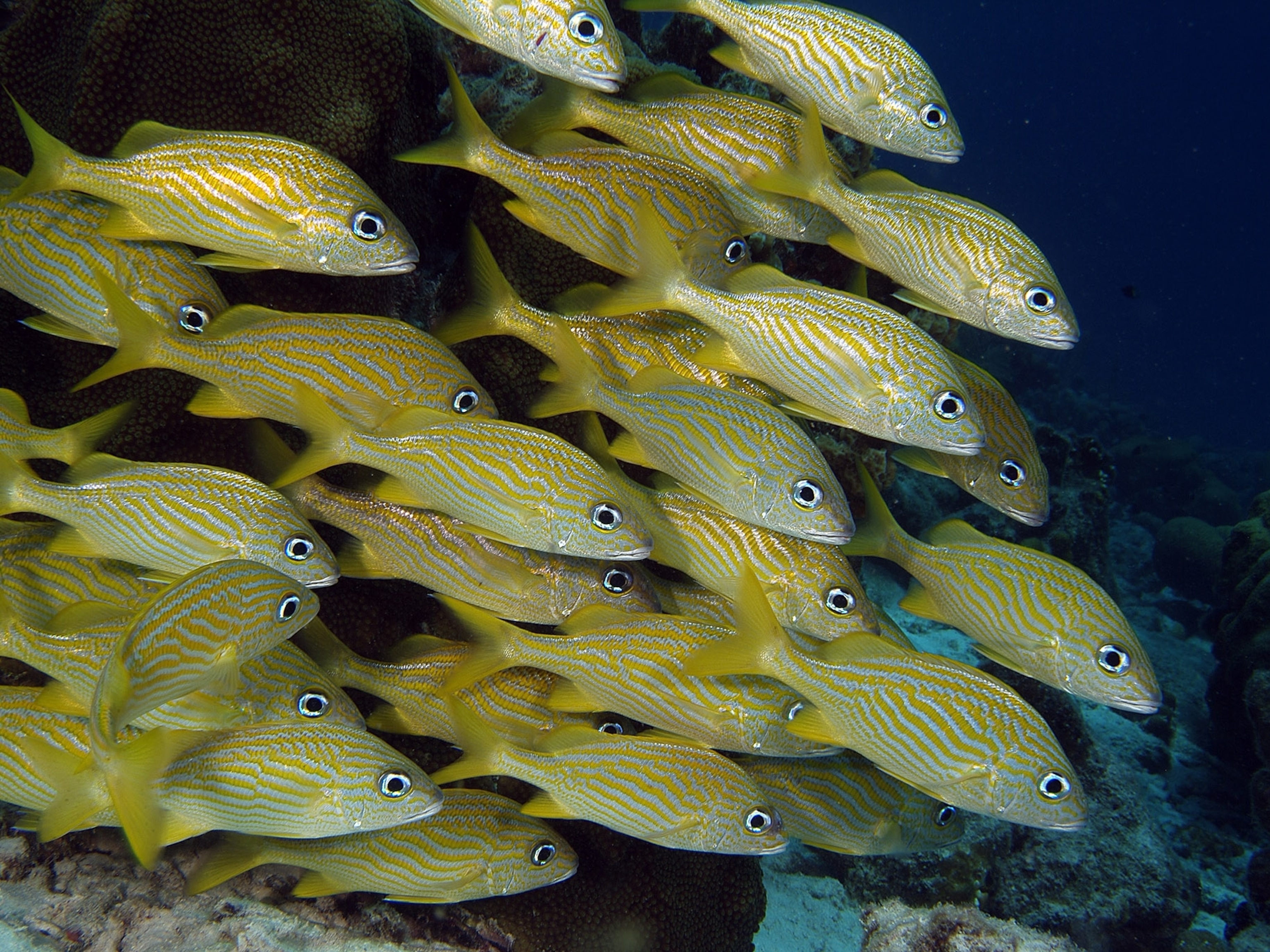
One of the major behavioral adaptations of marine mammals is their ability to swim and dive.
Tropical ocean animals adaptations. Animals adapt to their environments to help them survive. Camels long leg eyelids hump are all examples of adaptation. Pinnipedsswim by paddling their flippers.
Mammals such as whales dolphins porpoises manatees dugong seals walrus otters and even polar bears swim effortlessly through their watery environment diving. In a volatile and competitive ecological environment like the tropical rainforests animals need to adapt to survive. Animal adaptations Many animals have adapted to the unique conditions of the tropical rainforests.
They have a swim bladder to control their bouyancy. TropicalRainforestPlants tropical rainforest animals. The adaptations of a toucan in the Caribbean can include its bill and the colour of its feathers.
These adaptations enable the organism to regulate their bodily functions such as breathing and temperature and perform special functions like excreting chemicals as a defence mechanism. Portuguese man-of-war secrete gases into a float that enables them to stay at the sea surface Remember. Common oceanic animal adaptations include gills special breathing organs used by some oceanic animals like fish and crabs.
Animals such as polar bears have fur even covering the soles of their feet. Most tropical fish swim at 640 ft in depth. The shape of a birds beak helps them to eat food as well as make nests.
Tropical rainforests are the most biologically diverse terrestrial ecosystems in the world. Many adaptations that make sea turtles. Viscosity increases with decreasing temperature.







